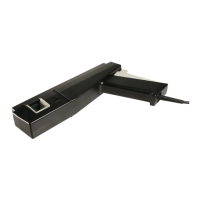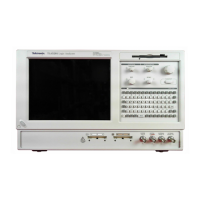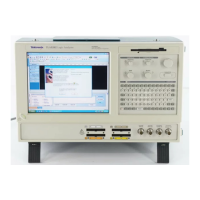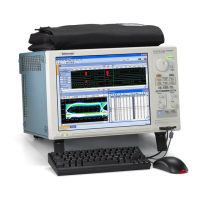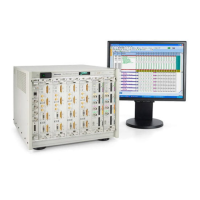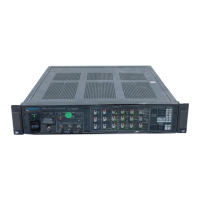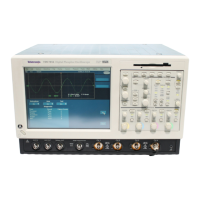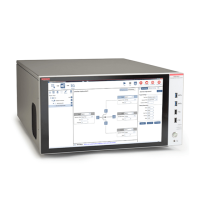tip up without first breaking the
tape's adhesion can damage the
tip.
Precautions when connecting to the circuit
To achieve the best performance and service life of the probe and tips, observe the best practices below when you make
connections:
• Wear the antistatic wrist strap that is supplied with the probe and work at an antistatic-approved workstation.
• The flex circuit based solder tips are built with flexible circuit board material and are susceptible to mechanical
overstress and harsh handling particularly at the ends of the probe tip where the components are mounted. Always
support the probe tips by taping or gluing them to your circuit or by providing a means to prevent strain on the tips and
circuit connections.
• The flex circuit based solder tips contain active circuitry. The majority of the tips, including the cover on the buffer
amplifier, are non-conductive surfaces. However, the back end of the tips includes some small surface mount devices
and pads on the top that present a small risk of shorting with the DUT circuitry. This was necessary to minimize the size
and weight of the probe tips. If you need to use the flex circuit based solder tips where their topside components might
contact the DUT, take care to avoid shorting the exposed circuitry of the tips to the DUT circuitry. Covering these areas
with non-conductive tape is one method to avoid shorting.
• The P77STCABL tip is designed to be more flexible than the flex circuit based solder tips; care should be taken to avoid
bending the connecting cables at too sharp an angle, since overstress can cause damage or reduce signal
performance.
• To preserve the cables and maintain the highest signal fidelity, never kink the wires or put undue stress on them.
Support the probe head by taping it to your circuit or providing a means to prevent strain on the circuit connection.
Care of TekFlex solder-in tips
If the tips are mounted with the top up or if the TekFlex connector is attached, it is unlikely that the components on the board
will contact the active circuit. The covers on the buffer amplifier of the tips are non-conductive. There are no conductive
surfaces on the bottom of the tips except for the TriMode inputs and the TekFlex contacts.
Tip dimensions
The dimensions of the solder tip
connections are provided here for
reference. You can also design
the tip footprint into your circuit
board layout for easier test
connections.
Basic operation
P7700 Series TriMode™ Probes 34
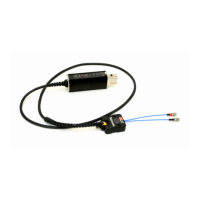
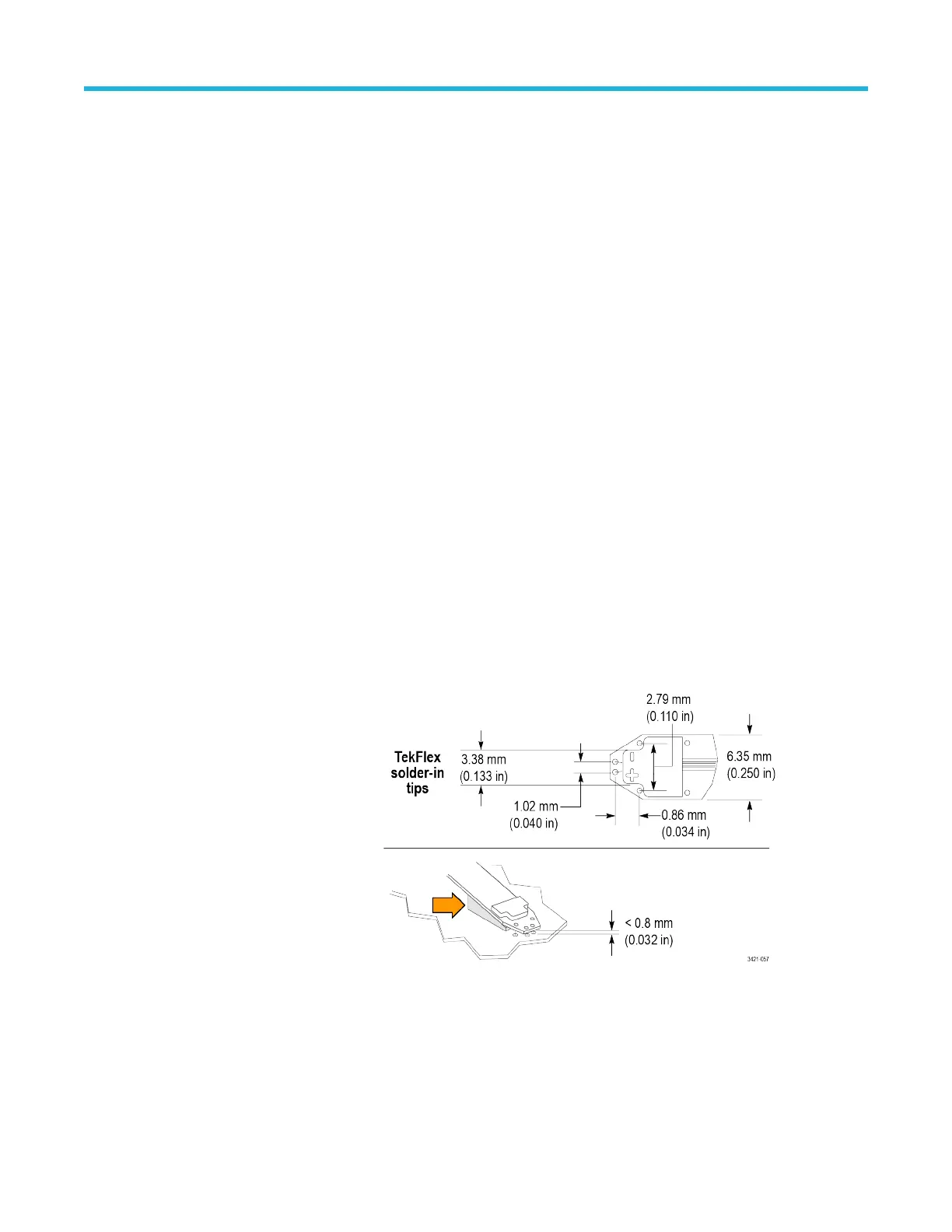